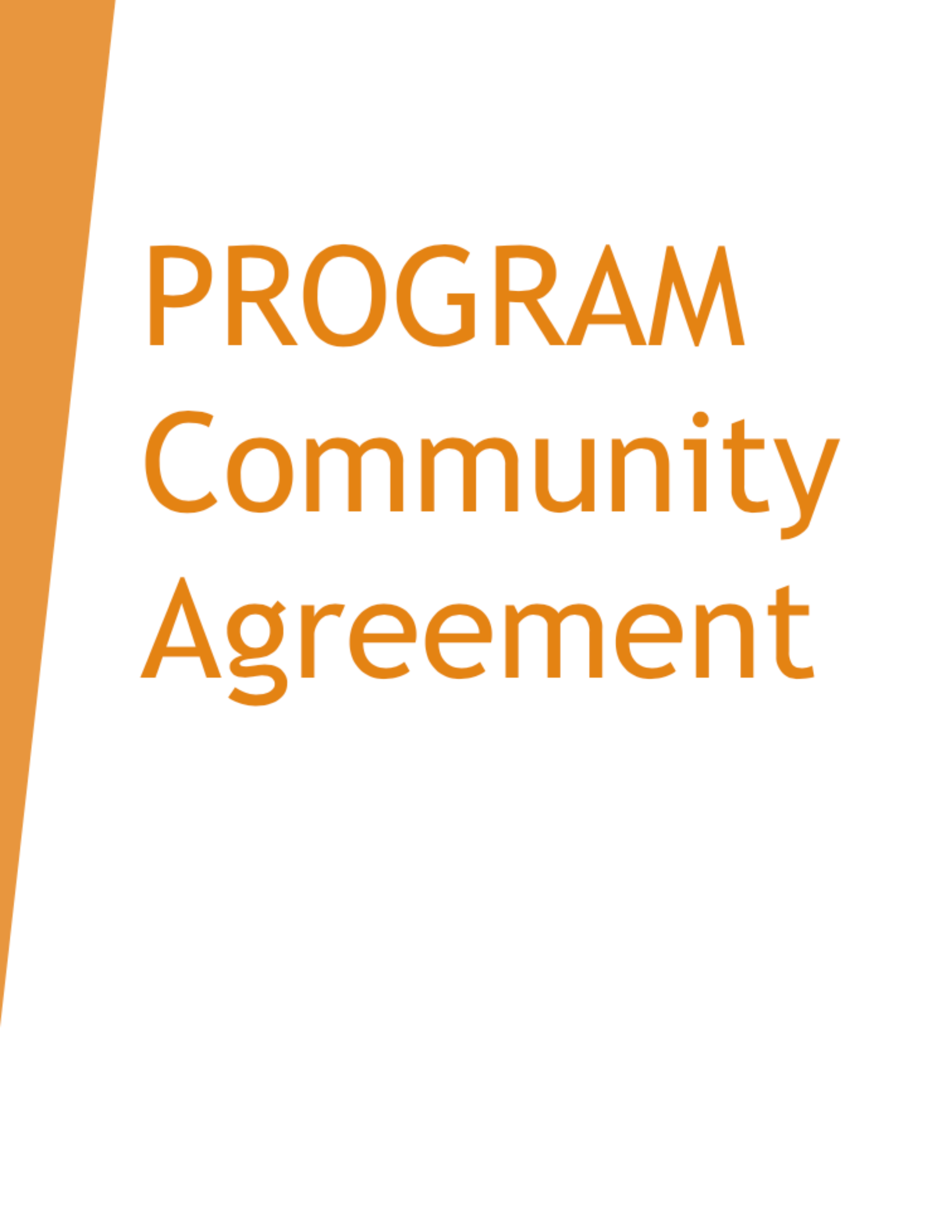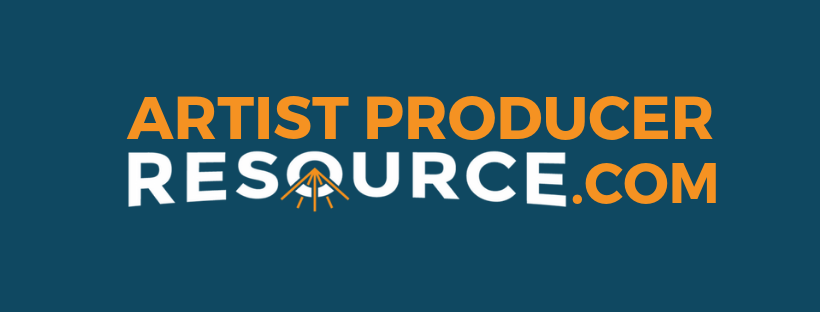Producing is a practice. By that I mean, it’s something you do over and over again. Each time you learn something, because each time is a little different. You carry your experiences with you to each new project, and maybe you begin to develop a philosophy and protocols for yourself. You may return to certain spaces to work with the same people. Together, you develop a shared language, a shorthand, a style of working, a culture. Sometimes, a culture of exclusion can develop.
We live in a capitalist, white supremacist, colonial society. These structures have made their way into the live performance sector, into our working relationships, into our bodies, and into our thoughts. Decisions that counter those structures must therefore be made consciously.
Decolonizing one’s producing practice is a life-long journey. I am no expert, and ArtistProducerResource.com does not have all the answers. My hope is that this is one place among many for new ideas, new questions, and new perspectives to spring from.
This learning pathway invites you to use a values-based approach to the budgeting, planning, development, and execution of a production, where conscious decisions are being made, at all stages of the process, about who the play is for and how the needs of the audience and artists are being met.
Photo by Keshia Palm
If this approach seems overwhelming, restrictive, or perhaps even impossible given the current state of the world, I encourage you to step back and examine why. What are the assumptions or habits of mind causing you to feel that way? To guide you through the process of unpacking all that, check out Inclusion on ArtistProducerResource.com.
I’d much rather work from a place of hope and curiosity than a place of frustration and restraint. I love this prompt from the digital workshop “Crip the Script” created by the amazing Ophira Calof (everyone, hire them!): Embrace your team's access needs as part of your collective, creative, DNA.
This framework changes the producer’s approach from “if only...” to “what if...?”.
Consider the Social Model of Disability – which we use to frame Accessibility on ArtistProducerResource.com. The Social Model of Disability removes the onus from the individual and places it back on a society that has, throughout history, demonstrated “disablism” as a method of discrimination against those with impairments. A social model perspective does not deny the reality of impairment nor its impact on the individual. However, it does challenge the physical, attitudinal, communication and social environment to accommodate impairment as an expected incident of human diversity.
COVID is such a great example of this. Suddenly, when everyone was forced to stay home, we as a society made major accommodations to react to this drastic shift to keep each other safe. This proves that it is possible to – and that we are capable of – significantly changing the way we do things at any and all times. You can do it, I can do it – we all can do it.
Some actionable tools for making workspaces safer for artists can be found on Artist Accessibility on ArtistProducerResource.com; ranging from budgeting considerations, to design choices, to discussing access needs.
While you can (and should) build your project to meet the exact needs of your audience and your artists, there are some blueprints that you can look to for inspiration and guidance.
Approach Accessible Performances like you would a dressmaker’s pattern – you can follow the rough shape, but need to take measurements and tailor it to fit you!
Now that you have your pretty dress (the performance) that fits amazing and looks fabulous, it must be seen, darling! Check out Marketing Strategy and review Artist Accessibility to make sure you are respecting your artists while reaching your audience. Like any good party invitation, make sure you include all the important information so that people are excited to come, and know exactly what they are getting into. Read over and answer the many questions on Audience Accessibility before you share anything – chances are, your audience will be asking those same questions.
Remember that for a lot of folks (including me), theatre has not always been a place where they have felt comfortable or particularly welcome.
For some folks, it may not be a welcome place still. If you are inviting folks who have historically not been welcomed into the space, you have to work extra hard to assure them that this production is for them.
Imagine you get invited to eat at a really fancy schmancy restaurant. This is what I might think: Oh my god a fancy restaurant. I never go to fancy restaurants. What do I wear? What’s on the menu? Can I eat it? Can I read it? How much does it cost? Will there be people like me there? I’ve never been to this fancy schmancy restaurant before! What time do I show up? Is there a lobby? Is there coat check? Do I need to bring anything? Where is it? How do I get there? How long will it take to get there? How long is this dinner going to be anyway? What are the washrooms like? Who else is going? Do I know anyone? Should I bring someone? Can I afford it? Can they afford it? Will it be fun??
To some folks, your performance is like a fancy schmancy restaurant. A million other questions will also come up, because everyone is different and needs different things to feel safe, comfortable, and wanted. It’s your job to tell them that you made the whole menu with them in mind.
And if you’re one of those folks who never went to the theatre, who never got invited to the fancy schmancy restaurant, who’s starting up their own little pop up – I see you! Someone out there is going to see what you’re selling, and it’s going to stir up memories and feelings deep inside them because you’ve got that soul food. Still, you have to do all of the above to get your soul food to the people who are going to eat it up.
Of course, there are a multitude of ways to get people excited about and invested in your production that reach beyond “the performance”. On ArtistProducerResource.com, we call this part Community Engagement. Community Engagement builds trust and relationships with people, so that you can go from being a fancy schmancy restaurant or a brand new pop up to someone’s favourite local spot. This takes time, energy, repetition. Dare I say – practice?
I’d like to leave you here with a few more paths to pursue in your journey:
Sins Invalid; the originators of the disability justice movement
Creative Users; whose newsletter frequently sparks joy and illuminates new opportunities for theatre/connection
Cultural Pluralism in the Arts Movement Ontario (CPAMO); offers numerous workshops and panels gathering movers and shakers from across the sector
Cripresentation; a podcast highlighting queer and trans disabled artists and their work, specifically centring Black, Indigenous and other people of colour
AccessDocsForArtists; a website all about creating access docs – a document that outlines your disability access needs, also known as an “access rider” – with resources to make your own!
Infographics & Templates
Infographic: How to Make Spoken Theatre Accessible for Deaf Audiences. View the PDF by clicking the image above, or find it on Accessible Performances on ArtistProducerResource.com.
Infographic: How to Make Spoken Theatre Accessible for Deaf Audiences. View the PDF by clicking the image above, or find it on Accessible Performances on ArtistProducerResource.com.
Template: Community Agreement. Download the PDF by clicking the image above, or find it on Inclusion on ArtistProducerResource.com. More templates: find the Theatre Venue Accessibility Audit Checklist on Audience Accessibility on ArtistProducerResource.com.
YouTube Playlists
About ArtistProducerResource.com
ArtistProducerResource.com is a free, searchable online encyclopedia of information, resources, tools, and templates for producing independent performance work in Canada, currently with a focus on Toronto. Launched in November 2017, it has since been visited by over 10,000 users, transforming the way artists producers access information and share knowledge across Canada. ArtistProduceResource.com is free to access and always will be. You can become a supporter by subscribing to our Patreon—we’ll send you a monthly newsletter with highlights, features, and all the newest content on the site. Got a suggestion for ArtistProducerResource.com? Send it to us here.













